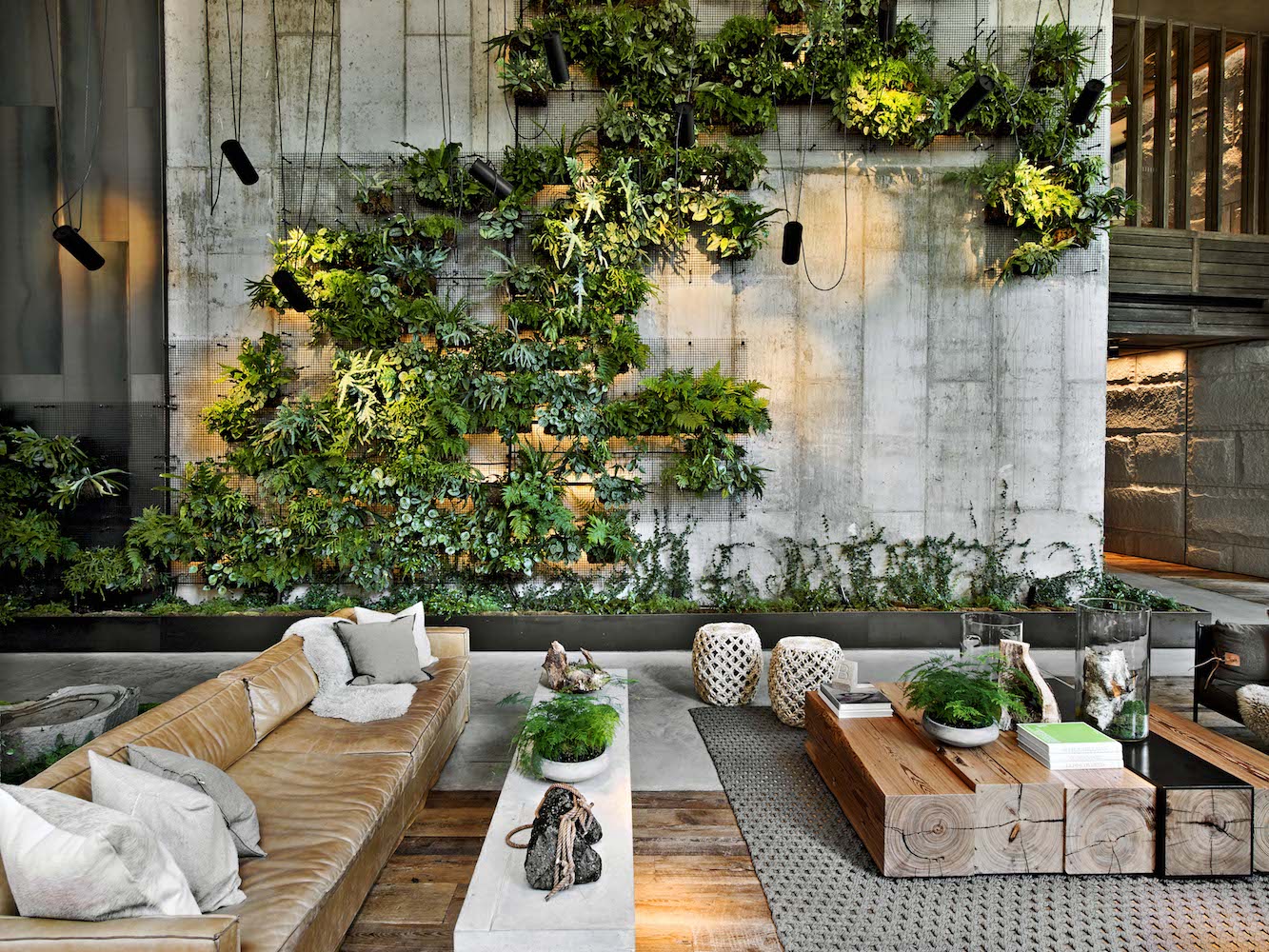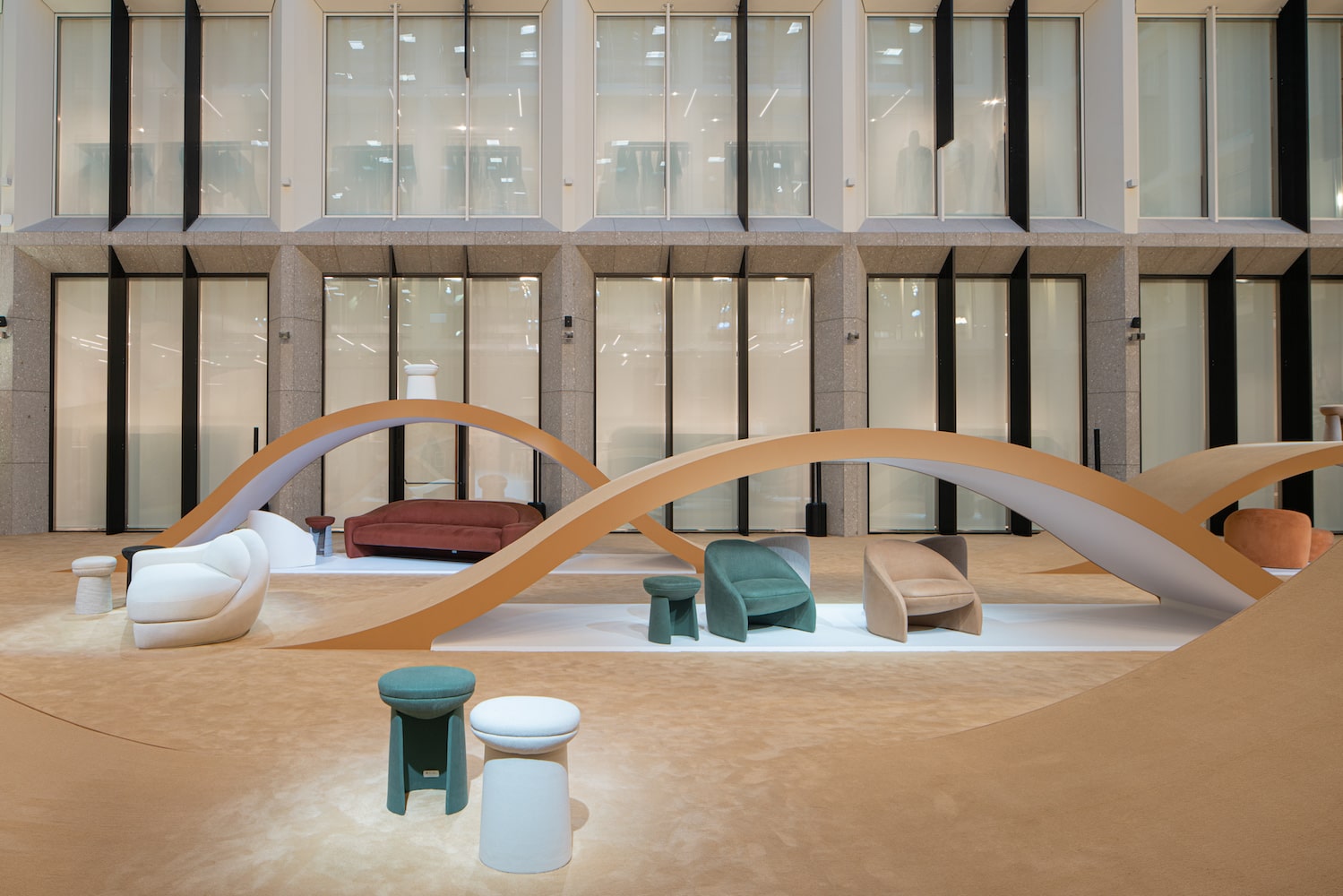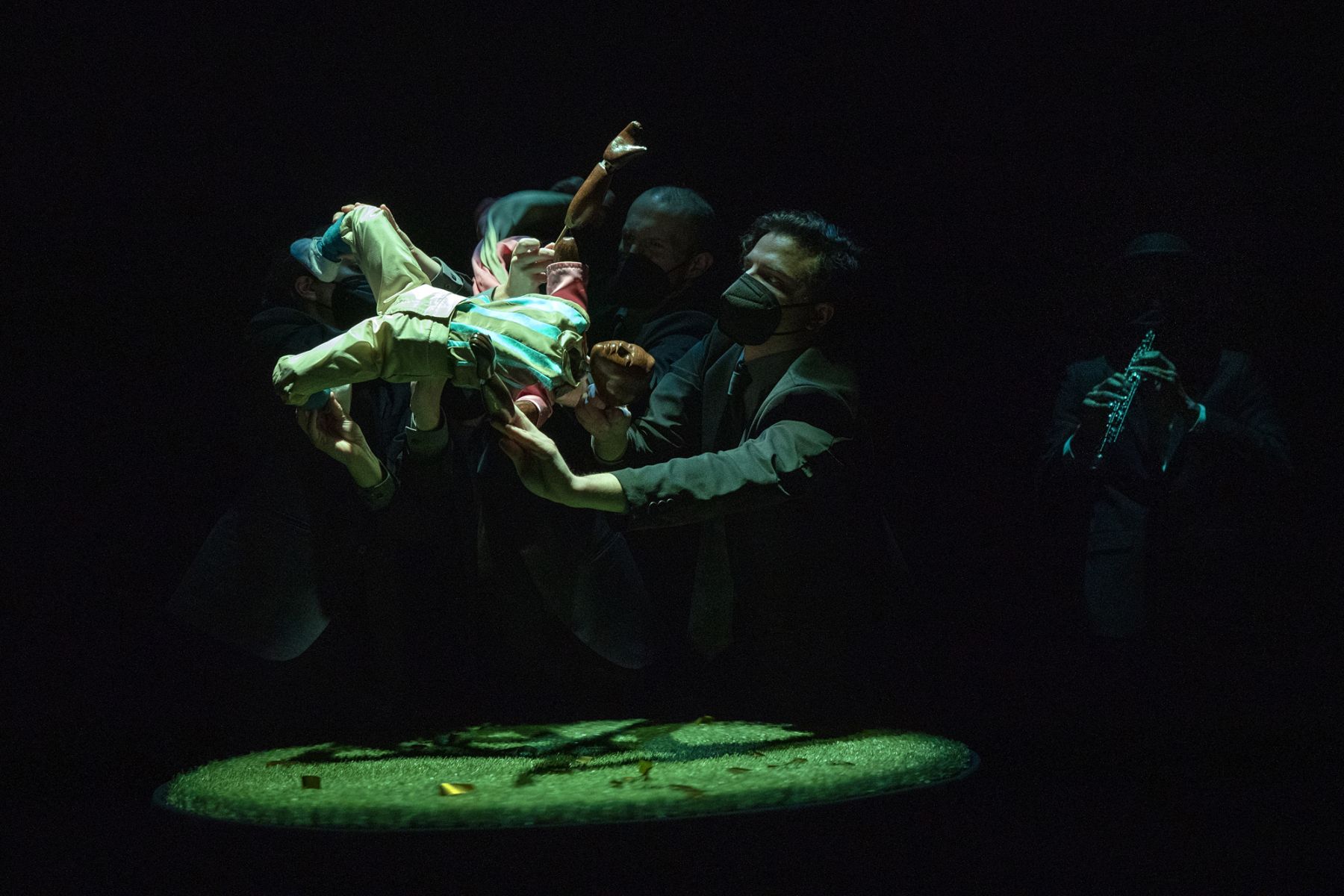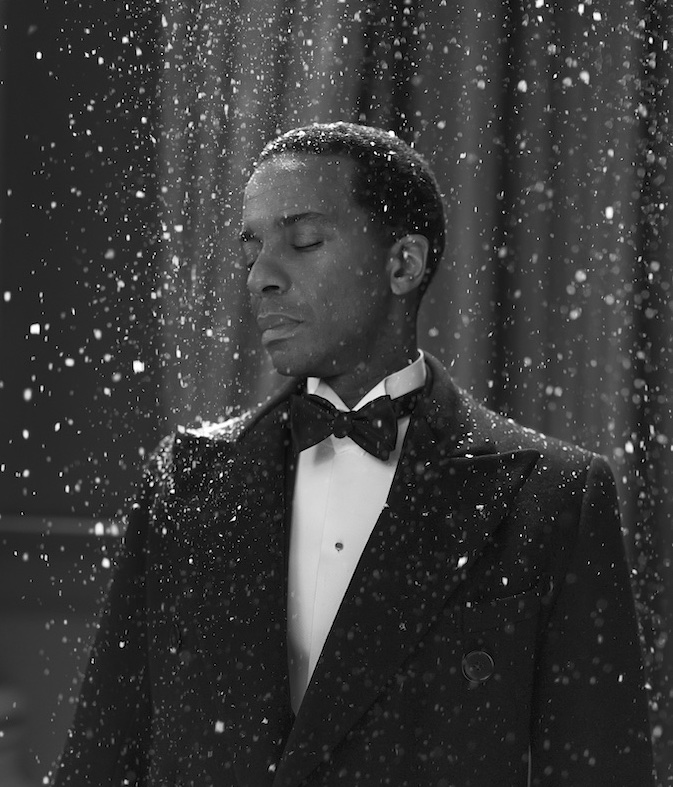Fifteen years ago, Adam Rolston, Gabe Benroth, and Drew Stuart founded INC Architecture & Design. Its name is its mission: incorporating both architecture and design into projects ranging from residential and commercial spaces to museum exhibitions and product design. INC’s cohesive touches—seen in spaces like 1 Hotel Brooklyn Bridge, the LINE DC, the TWA Hotel, and Momofuku Noodle Bar—combine old and new with art, nature, and debonair design objects, for an approachable, polished look. Rich with plant life, woven fabrics, and bespoke items, each project also highlights the space’s original history, with pieces from the past to be seen and appreciated in a new light.
Recently, INC completed an expansive concourse renovation for Rockefeller Center, which features a new master plan for fluid indoor-outdoor engagement. Additionally, the practice is expanding to include new work in emerging fields, such as wellness. Ahead of debuting new projects in “second cities” such as Raleigh and Nashville this fall, Whitewall spoke with Rolston at the firm’s SoHo studio to hear how projects connect to memory and history, yet embark on new ideas and purposes.
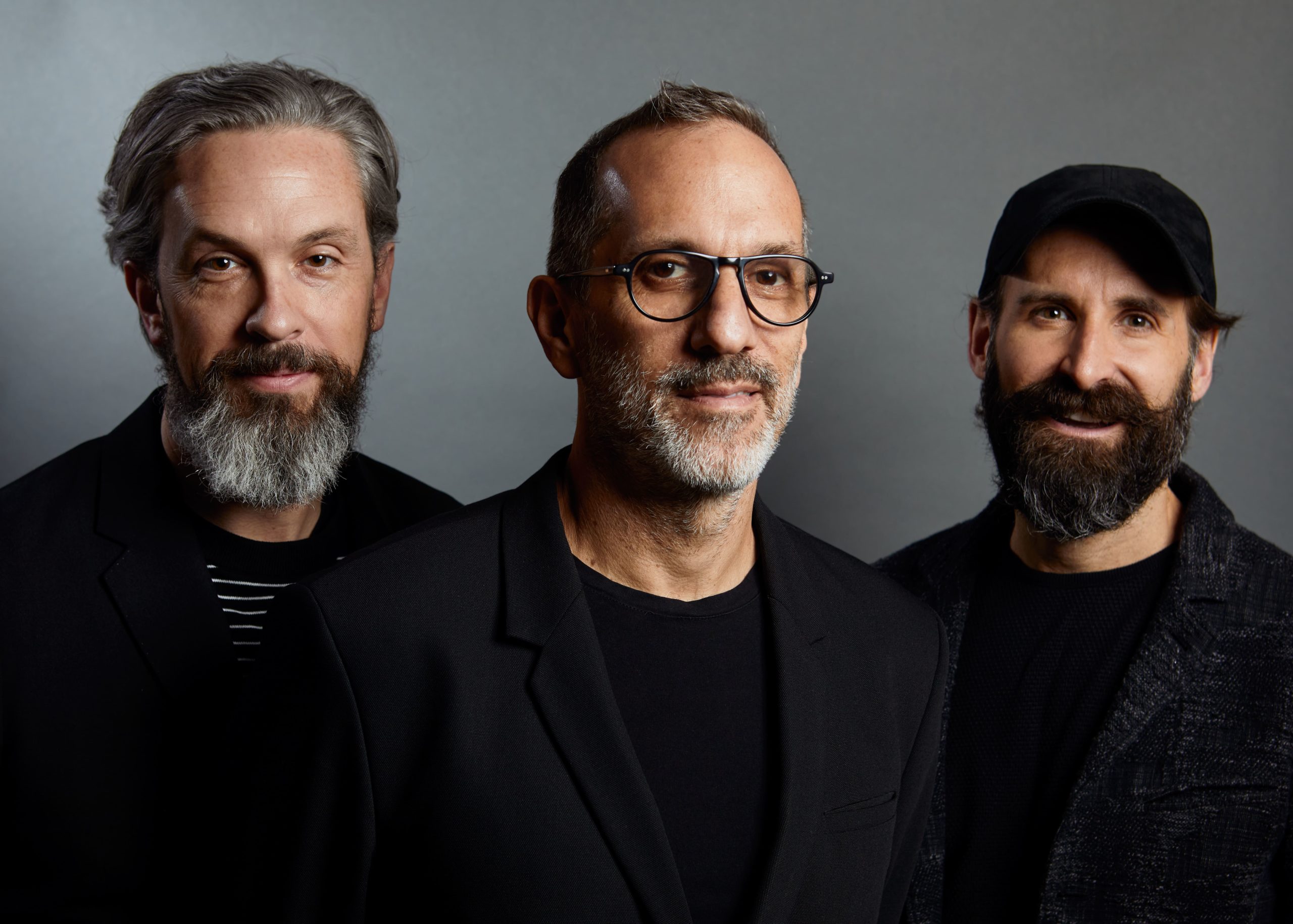
Portrait of Drew Stuart, Adam Rolston, and Gabriel Benroth by Christopher Garcia Valle.
WHITEWALL: The new Rockefeller Center will eventually join Fifth and Sixth Avenue together and opens up the once-closed downstairs dining to the courtyard area. How did you begin this project, as well as the restaurant you’re designing there?
ADAM ROLSTON: The first thing we always start our projects with is a research phase. It could be short or very long. We’re looking at all this archival material. We visually deconstruct it, and then begin to develop a language for the project. It’s like forensics, and deconstruction and reconstruction in a new form. That new form often is what makes it different from the historical, with new kinds of programs, new kinds of requirements, new kinds of technology, and different types of uses.
The amazing thing about Rockefeller Center is that they have extensive archives, so we were able to look at their original plans—as far back as what was on the site, its first formal design intervention. It was a site with a conservatory with landscaping—a botanical garden, basically. There was a beautiful plan that actually informed our plan—a beautiful loop and radius to it.
These “forensic aesthetics” get informed by the needs of the project. Here, the biggest problem was that it was a rabbit hole down there. You could get turned around underground and not know where you were. We wanted to open it up, aerate it, decongest it. We opened up all the pathways and gave it a sort of circuit around the rink. One of the creative directors there said she wanted to democratize the rink so that everyone had access to it. We created a courtyard around it, lined with outdoor dining, but “inside.”
There are six restaurants lining the concourse, and some of them have outdoor seating. Our restaurant, Olmstead, is the concourse restaurant in the very center. Chef Greg Baxtrom of Olmstead is a farm-to-table guy, so where we met was with [Art] Deco meets farm-to-
table. That’s kind of a strange hybrid, but in the forensic aesthetics, we really looked at characteristics of the space and we resonated with this idea of flow. The curvaceous space became a very important element throughout, as well as when it came to the rendering of it. The woods are all oxidized, so there’s a slightly rustic, modern feel to it.
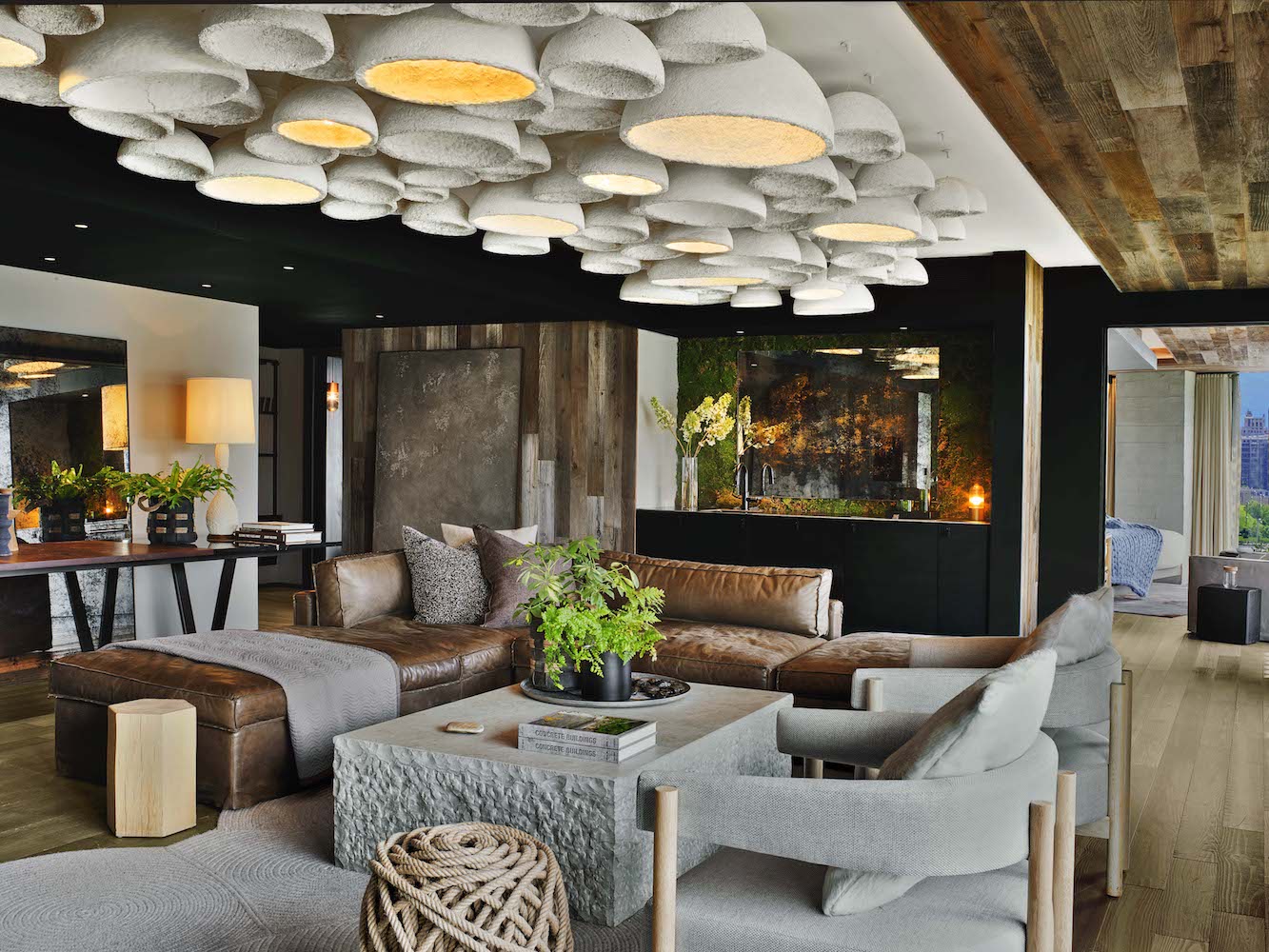
1 Hotel Brooklyn Bridge, courtesy of INC Architecture & Design, photo by Eric Laignel.
WW: INC has a special way of mixing new and commissioned items with old objects—from antique to retro. How do you typically go about that process?
AR: The architecture is the stage, and the furniture is the dancers. That’s what gives the space scale and humanness, and all that. But you mentioned something interesting between antique and retro. Antique means you found something old and put it in the space. Retro means you’re owning it, in a way; you’re reinterpreting it. It’s not just the old thing there. That gets to how we think about a new space with old things in it or an old space with new things in it.
I would like to take the term “history” off the table and put “laboring” on the table. Our old boss said that the reason he loved old things was because of the culture they hold. An object tells us a story about who people were then and the hands that touched it. The cultural framework that made that thing—like what was important to them at that time. I love that. We like memory here. We also believe that on some level we have a sort of shared memory of design culture and objects and spaces that we could draw from to create new things. Either way, we’re always trying to connect to some subconscious memory of place or object.
And that’s where we are—that weird in between. That’s where we aim to be.
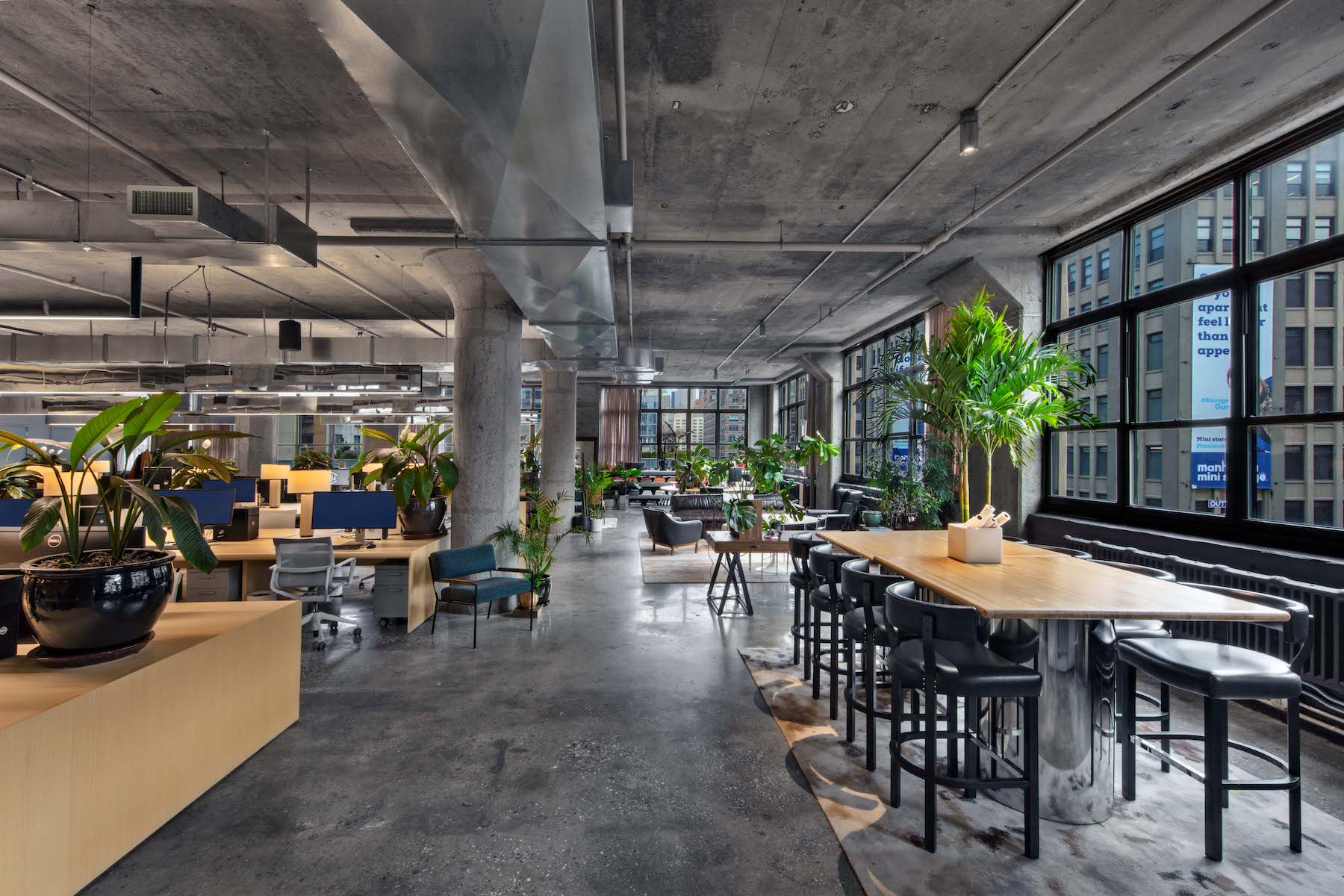
INC Architecture & Design’s New York office, photo by Eric Laignel.
WW: You have an interest in furthering green projects and initiatives, searching out LEED spaces, and creating more overall sustainable structures for the future. What’s your take on sustainable design?
AR: There is a rhetoric out there that sustainability means less: use less, make less, create less, scrimp, save, and recycle. These are tools we have to help stem the tide of global warming. However, we feel in the long run the opposite will be true. Once we switch over entirely to sustainable systems, we will be liberated from this miserly point of view. Creativity will be unleashed in a continuous sustainable life cycle of recyclable resources and renewable energy that will allow for continuous innovation.
It is interesting to note that the brain trust that brought us LEED has moved on to create the International WELL Building Institute, or IWBI. IWBI is “leading the global movement to transform our buildings and communities in ways that help people thrive.” Wellness excites us because it’s integrally tied to sustainability. As we like to say, “what’s good for the human is good for the planet and what’s good for the planet is good for the human”—or “selfish sustainability.”
At INC, the wellness and sustainability movements point to a more hopeful future. Wellness and sustainability feel critically important at this moment.
WW: What is INC working on this fall?
AR: This fall, we have two projects opening—The Morrow and Five Acres. The Morrow is a lifestyle hotel in Washington D.C., located on the last site of Central Armature Works—a 100-year-old electrical manufacturing and repair business. It is deeply rooted in the city’s history while representing a distinctly modern vision. INC designed the public spaces, including three food and beverage venues from Michelin-starred Chef Nicholas Stefanelli of Masseria, Philotimo, and Officina. And Five Acres is Chef Greg Baxtrom’s fourth restaurant in New York City, reimagining the Farm to Table concept in Rockefeller Plaza.
We are also working on a new boutique hotel in Raleigh, North Carolina. Raleigh is interesting because it has shared in the recent population growth of the so-called second cities initiated by the pandemic, which has fostered a need for a greater level of public amenity and infrastructure in these smaller communities. The property
will be the first new luxury hotel in Raleigh in a long, long time. The way that the owner has talked about it is comparable to how the Plaza Hotel was the center of New York before there were a million other hotels. It’s a small town, so there’s a bigger responsibility. We really are making Raleigh’s new living room where all the weddings and celebrations will happen. It’s a nice, very civic feeling.
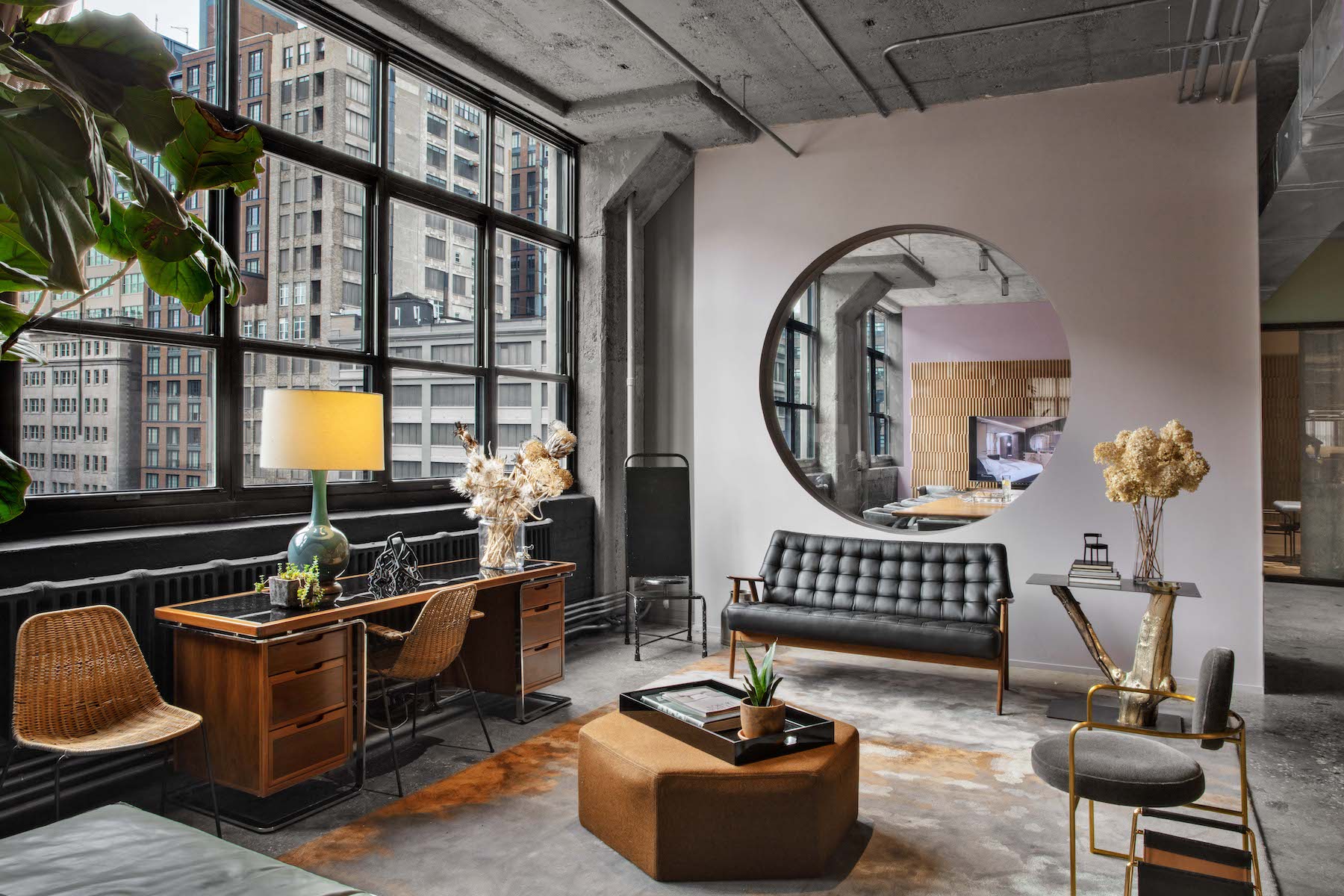
INC Architecture & Design’s New York office, photo by Eric Laignel.


